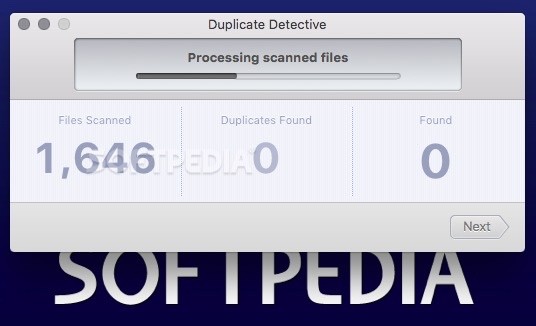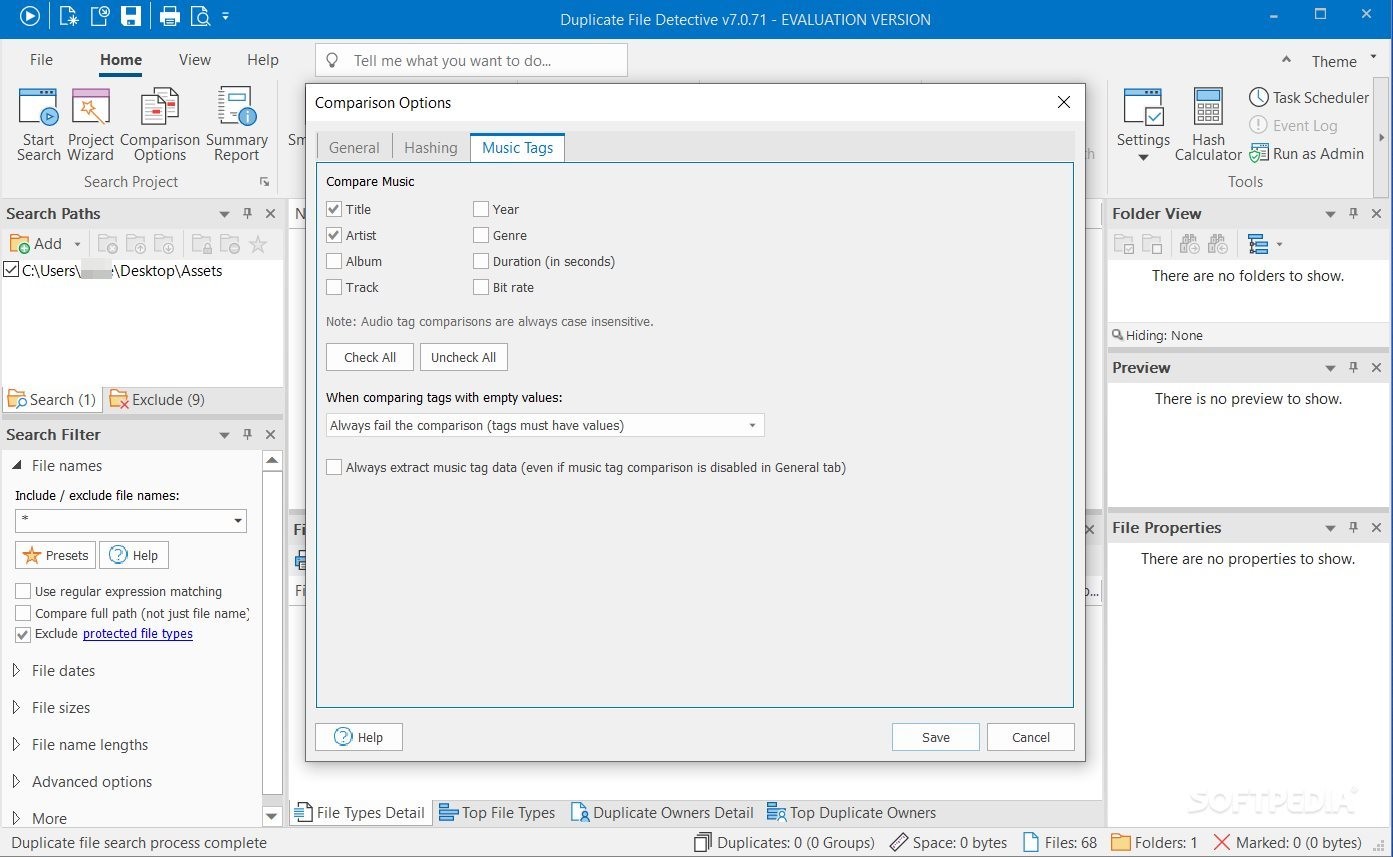

- Duplicate detective regular expression how to#
- Duplicate detective regular expression full#
- Duplicate detective regular expression professional#
Tintype photographers also walked the streets of major cities enticing customers to memorialize their visit with a photo. Itinerant tintypists traveled from town to town in wagons loaded with chemicals, plates and darkroom equipment.
Duplicate detective regular expression professional#
It generally means an amateur was taking the picture, but there were professional photographers who specialized in capturing these fleeting moments. The word snapshot refers to taking an “instantaneous” image using a handheld camera. Tintype “snapshots” were available long before George Eastman invented his amateur negative camera. Tip: If you don’t know whether you have a tintype, here’s a trick: A magnet will be attracted to a tintype. Clothing, cases and other clues can provide a tentative date for the picture, but your family history research can put a name with a face. You also need to consult your genealogical research.

Family informationĪdding up the photographic clues is just part of the process of identifying an image. Compare your photograph to examples in costume encyclopedias such as Joan Severa’s Dressed for the Photographer (Kent State University Press) to determine a time frame for the picture. Women’s fashion changed from decade to decade, so the design of a woman’s dress can help you determine when the image was taken. For instance, look at the shape of a woman’s bodice and sleeves, or the shape of a man’s jacket or the width of his lapels. Unfortunately, tintypes are usually found without a case, paper sleeve or revenue stamp, so we must rely on clothing clues to date them. That date can help you compile a list of ancestors who lived in the right place and time. Photographers had to affix a stamp to the backs of their images and hand-cancel each stamp with their names or initials and the dates of sale. 1, 1866, the US government levied a tax on photos. Turn over your tintype to see if a revenue stamp is visible. A list of available sizes and their dates of popularity appears in The American Tintype by Floyd Rinhart, Marion Rinhart and Robert W. Pictures came in a variety of sizes-from 1×1-inch thumbnail portraits to 6 1/2×8 1/2-inch whole plates. You can usually pick out images created during the Civil War, because their sleeves were often embossed with stars and other patriotic symbols. Some have embossed designs like this one, while others have printed decorations. I’ve seen sleeves in bright pink, red, blue and just about every other shade. The tintype was usually presented to a customer in a paper sleeve, rather than cases. These cases came in a variety of styles, and you can date them by consulting books such as Photographic Cases: Victorian Design Sources, 1840-1870 by Adele Kenny (Schiffer Publishing) and American Miniature Case Art by Floyd Rinhart (A.S. CasesĪs with daguerreotypes and ambrotypes, photographers sealed early tintypes in cases. Here are six clues to look for when identifying your mystery tintypes: 1. Even when bent, rusted and darkened from age, these pocket-sized treasures are well worth the identification effort. Tintypes are remarkable pieces of family history because they withstand abuse. Even today you can find studios that produce tintypes at tourist locations. They first appeared in 1856 and remained popular until the middle of the 20th century.
Duplicate detective regular expression full#
Sizes varied from small “gems” (3/4×1 inch) to a full plate (11×14 inches) in a variety of formats including cases, jewelry and paper sleeves. Tintypes, also known as ferreotypes and melainotypes, are actually photographs on thin sheets of iron, not tin. Here, we’ve combined some of her best posts from the past. In addition to being a regular Family Tree Magazine column, Photo Detective was also a long-running blog hosted on our website by Maureen A. Vintage tintype photograph of a young boy from the 1860s–1870s.
Duplicate detective regular expression how to#
How to Find Your Ancestor’s US Military Records.


 0 kommentar(er)
0 kommentar(er)
